Desktop apps on Windows are traditionally distributed as exe files which are app packages, most of the time with their own installers. Once you run the executable file, the installation wizard requires you to check a few options and click a few things. This is in contrast to how apps are installed on macOS or Linux where you can simply click on the Install button and everything is automatically done.
But it does give users the option to choose where they want a certain app to be installed. When you install apps from the Microsoft Store on Windows 10, you don't get that choice. Windows does allow you to change the Microsoft Store location so that you can decide where the apps and games are installed. Microsoft Store is full of useful apps and great games.
It offers great applications specifically designed for Windows 10. In addition to popular apps and software, the store also has brilliant games in its massive library. So it is always great to visit it and check out what's new every now and then. Though you might want to change the default install location of a game or move the existing files of a certain app if your drive does not have enough space. When you click on the Settings button, you can get updates, view your content library, redeem codes, change settings and payment options, access your Microsoft account, and more.
One thing you might want to do off the bat is to turn off video autoplay. While you're browsing movies and games, trailers will play at the top of by default. Settings also allow you to require a sign-in to purchase media, and you can disable auto-update for apps. Unfortunately, I have un-installed my windows store apps, don't know how to re-installed it. After searching on the internet I stuck this website and read your article about re-installed windows store using Powershell, I tried it and finally I succeed.
Thank you, Ramesh, for your wonderful stuff. Other PC game launchers like Steam or Battle.net allow players to backup games and restore and verify them. Microsoft's new Xbox app update includes an option to verify and repair files, which will presumably be used to support backing up games. There are also new options to browse to where files are installed, change the drive where games are installed, and pick custom folders for installs.
These Windows apps exist as AppX packages in the operating system. When the option to remove Windows Store apps is selected, the image creation process makes the following changes in the VM's operating system. You can change the default location to install new apps and move already installed apps to a new drive to free up space on your drive, and here's how to complete the task. But the real reason to install it is its dramatically improved app selection. Once installed, the apps look and work the same way as the standalone versions. It's unclear if the update to the Xbox and Microsoft Store app will fix an ongoing problem where Game Pass games won't fully uninstall and clear up the space on your hard drive.
Several users on Reddit and Resetera have reported this problem since 2019. With direct access to your files, you might be able to solve this problem by manually cleaning them out yourself. There's one more big question left to be answered by Microsoft when it comes to distributing huge games through the Windows Store. Games frequently release patches, and on the Xbox or through services like Steam, patches are usually only a fraction of the size of full games. However, the Windows Store typically sends the entire app when there's an update. Receiving an entire 30 GB game every time there is a patch could be a major issue for users with data caps or slow connections.
Plus there's the obvious annoyance of having to wait a much longer period of time for a 30 GB update to download and install versus a 1 GB update. Windows Settings is a dedicated options panel and Control Panel successor, being included in Windows 10 for a long time now. Windows Settings panel has a dedicated option you can use to change where new content is saved. As said earlier, it is possible to change the default location of apps, music, documents, movies/TV shows, photos/videos, etc. To use this option, follow the following steps.
By default, Windows 10 stores all Microsoft Store apps' data in a folder called WindowsApps, visible in your system or C drive. Many people use an SSD to run the OS and an HDD to store documents, images, videos, etc. as it is much more affordable for a regular PC user. If you are one of them and do not have a high storage SSD for the system drive, you can always change Microsoft Store apps' default download location. Not only the Microsoft Store apps but also you can move other native folders where your apps, documents, music, maps, etc. are saved by default. In Windows 10, apps downloaded from the Windows Store are installed in a hidden folder at the root of your system drive. By default, access to this folder is denied, but you can view the content of the app folder with a simple tweak to your settings.
Only updated versions of MS Store found in Win10 v1703 & greater no longer require an MS account to download store apps. When the 1607 release of Win10 first came out back in Aug. 2016 and I tried to install either adblock plus or ublock origin from MS store, it asked for an MS account. But you are not allowed to access this folder. You receive this message You Don't Currently Have Permission To Access This Folder every time you try to access this folder. You cannot access this folder directly, you cannot change the apps' location by copy and paste.
Here are two ways to change the location of Microsoft Store games or programs. Should you experience an actual problem, try to recall the last thing you did, or the last thing you installed before the problem appeared for the first time. Use the 6 resmon command to identify the processes that are causing your problem. This allows you to repair the operating system without losing data. Microsoft recently began to add support for Progressive Web Applications in the Store, initially offering a curated set for use with Edge.
It's significantly expanding this with the updated Store, putting PWAs on a par with traditional applications in search, adding a certification process for initial upload. Once certified and in the store, any updates to installed copies are handled by browser PWA tooling. Microsoft might think that this kind of restriction is here for a good reason since you can otherwise tamper with something crucial, thus harming your system.
With this in mind, keep working your way down – below there is a simple way to take over the necessary folder. Why would you want to bypass this restriction? For one, there is a lot of reusable space inside the WindowsApps folder, and you should get rid of the unnecessary junk.
Even if you don't delete anything, you will find relevant information on apps like Mail, Photos, and games installed through Xbox Game Pass for PC. If you're the Administrator or system user of your computer, follow the methods below to access the WindowsApps folder. In Windows 11, Microsoft Store received an updated user interface, and a new pop-up designed to handle installation links from websites. This will not move the currently installed apps. But any new apps that you install from the Microsoft Store will be installed in the new location.
The OS will create a hidden WindowsApps folder in the root of the selected drive. All your new apps will be installed inside this folder. Not just that, you can also compress folders on your Windows 10 PC to save space.
The Windows store apps aen't based off exe anymore. That is why you cannot find an exe in their folders. The files are xap or appx, similar to how Android packs its apps as apk. Type the command "wsreset.exe" inside the command prompt and hit the Enter key to execute.
It would clear the caches of the Windows store. After it is done, re-check the store application to see if it works or not. Additionally, Microsoft is also working on a new feature called "Stories" for the store. This would allow developers to create editorial content to promote their apps and games and help users discover apps that would inspire them to achieve more with their devices. With the update, you'll be able to choose a hard drive and a folder inside it as a location to install your game. Like any other program on your PC, you'll be able to access the folders without Windows marking them as hidden, like it does currently with the WindowsApps folder.
Microsoft is integrating the winget platform into Intune, with a public preview in the first half of 2022 and general availability sometime in the second half of the year. This should allow time to migrate to a new platform before the store closures. Microsoft has already started the process, removing support for bulk purchases of applications in April 2021. Support for private app repositories should replace this, giving you your own managed central location for application distribution. This approach allows you to continue using your own web presence to advertise, monetize, and support your code, only now using the Microsoft Store as a repository, delivery and update channel.
Once an app is installed from the Pop-up Store, it's kept up to date from the Windows Store, so you don't have to write and manage an update mechanism. Manually moving files from one drive to another location might work for other games. But it is different when it comes to the ones you download from Microsoft Store. As game files are stored and encrypted in the folder, users are not able to copy and paste the files to another drive.
Trying to cut and paste the folders might also result in corruption and further problems. Fortunately the OS offers you to move the game directories with a simple click. From now on, every game and application you download from Microsoft Store will be installed in the specified drive on your PC. You might want to change the install directories of existing games and applications as well.
Here's how you move them to another location. Windows 10 – Owner of the WindowsApps folder – Customized You can now open the WindowsApps folder with a double click to see the individual folders for the installed store apps. Most apps use not just one folder, but several, so you should take this into account when backing up the apps. Windows 10 Folder Options Under the advanced settings sub-menu, scroll down to the "Hidden files and folders" selection and check "Show hidden files, folders and drives" and click on "OK". Windows Store was included by Microsoft in Windows 8 after getting a massive amount of requests from the users.
It was indeed required to integrate a store as Windows's other strong competitor i.e. Apple already has a running App Store inside OSX. Windows Store was not much appreciated due to its fewer applications available to be downloaded and it also had some bugs. So, in Windows 10, Microsoft made some changes inside as well as removed some known bugs inside Windows Store, to make its operations smoother.
On Windows 10, apps you download from the Microsoft Store install on the main system drive automatically. Although this is perfectly normal, installing apps and games can quickly fill up the drive when you have a device with limited storage. There'll be the option to use Microsoft Endpoint Manager to define mandatory and optional applications, controlling what users must install and what they can browse through the company portal. Here in the main window you can see that the owner of the folder has been changed to your specified administrator account. On October 8, 2020, Microsoft announced a commitment to ten "principles" of fairness to developers in the operation of the Microsoft Store.
The announcement came in the wake of a lawsuits against Apple, Inc. and Google LLC by Epic Games over alleged anticompetitive practices conducted by their own application stores. An updated version of Windows Store was introduced in Windows 8.1. Its home page was remodeled to display apps in focused categories with expanded details, while the ability for apps to automatically update was also added.
The Microsoft Store has traditionally restricted access to where games are installed using Windows-based folder permissions that make it difficult to backup games or move them freely. Sources familiar with Microsoft's plans tell The Verge that the changes are part of an Xbox app update for Windows that's currently being tested internally. Click the Get Updates button to get all of the latest updates for your apps.
If the app displays a cloud icon next to it, that means you've downloaded the app on a different computer or device. Click that icon to download it to your current device. You can also sort the list of apps by date, name, installed, or not installed. As the first method is included in the Windows Settings directly, it works flawlessly.
In the meantime, you have to go through some extra steps to do the same with Registry Editor. In conclusion, it is better to use the first method when you are in a hurry. Alternatively, you can try the second method to change Microsoft Store download location for installing apps to get more flexibility. There are three different methods to change the Microsoft Store download location before installing new apps. Also, it is possible to move existing apps because, at times, you might not want to change the location of all new apps, and instead, move only one app due to any reason.
These folders include all the temporary files and settings from Windows 10 Store and preinstalled apps, including Xbox, Calculator, Camera, and more. If you're looking to save space or speed up your computer, there's no point in messing with these folders. If you're a long-time Windows user, you're probably well aware of each file type's default location.
The core files belong to the "Windows" folder, user data to the "Users" folder, programs to the "Program Files," and so on. Windows StoreBut still, Windows 10 users have reported that Windows 10 Store doesn't open. Even after restarting the PC, the store doesn't seem to open. It is pretty awful as users don't want the store to shut down as it restricts them from downloading the games and apps available exclusively on the store.
So, I will be guiding you to get your Windows 10 Store back to work. To disable the Microsoft store application, change the value of RemoveWindowsStore from 0 to 1. Close the registry editor and reboot your computer once.

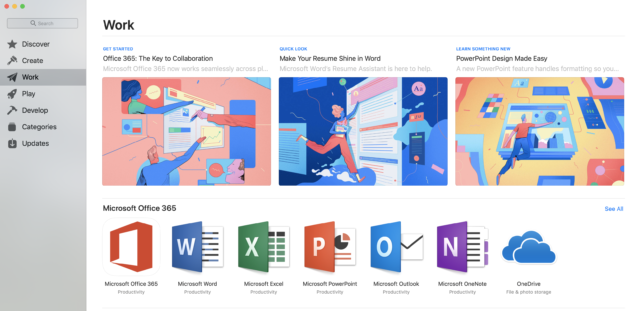
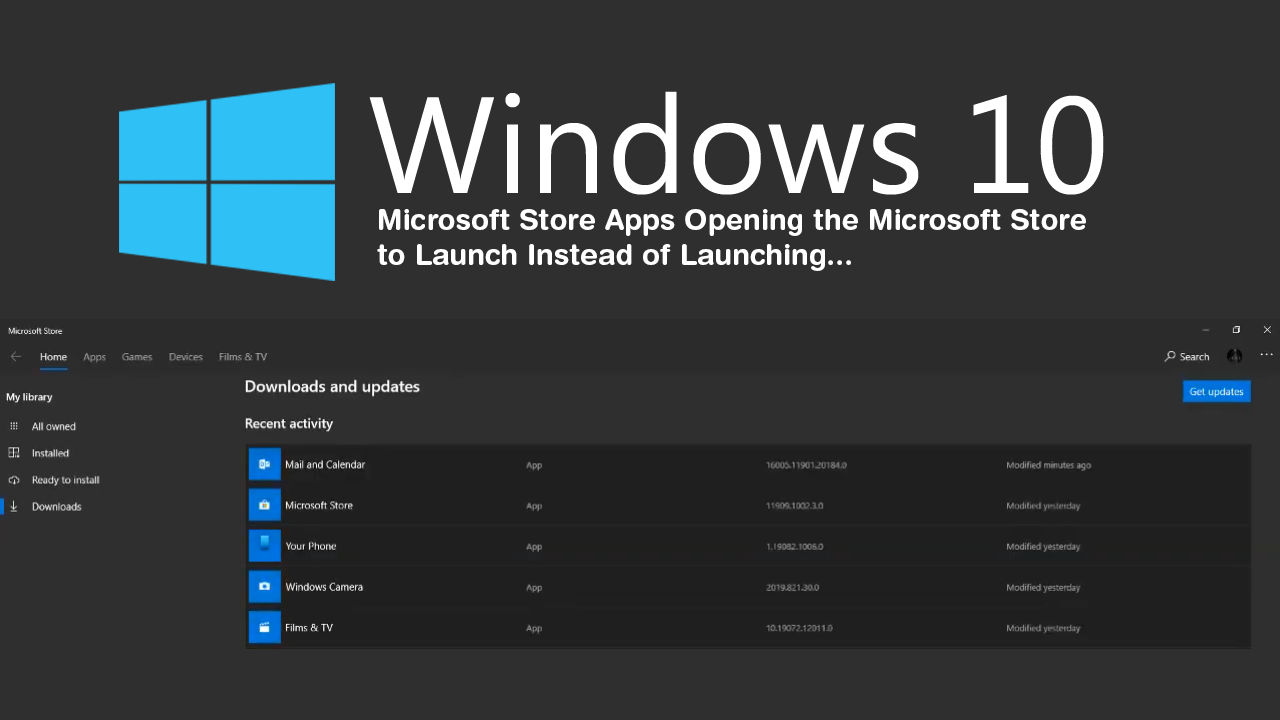

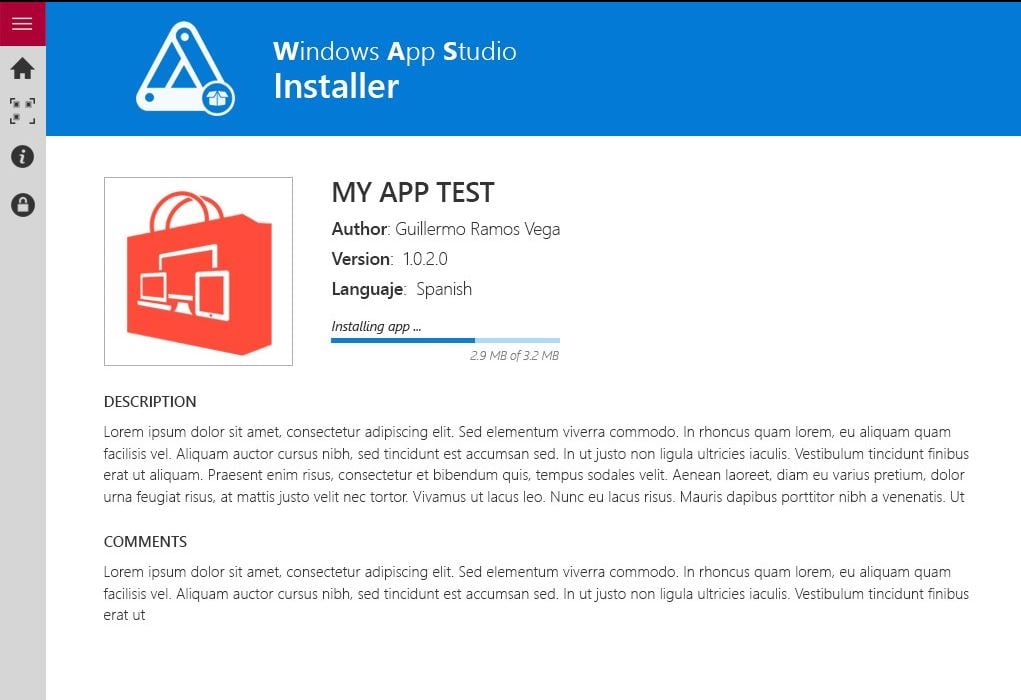









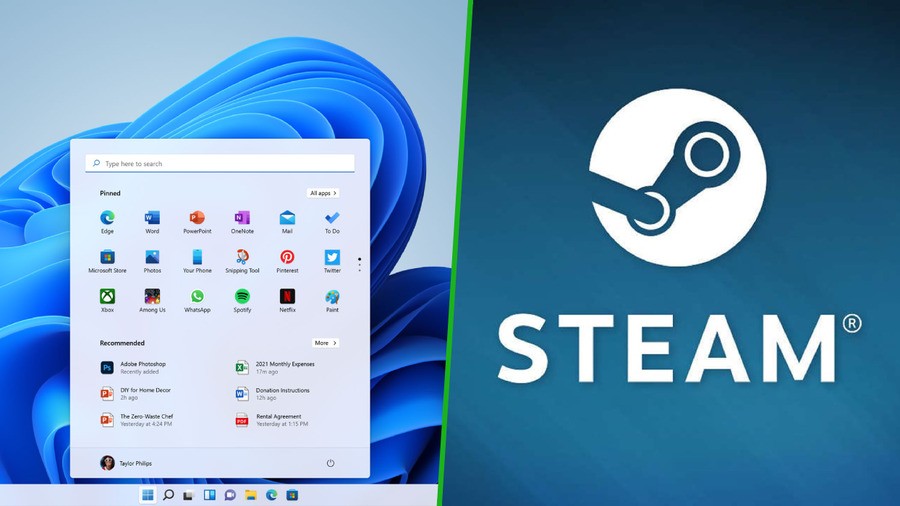


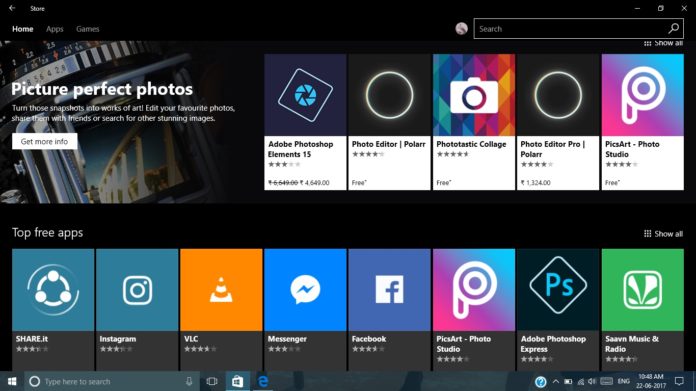


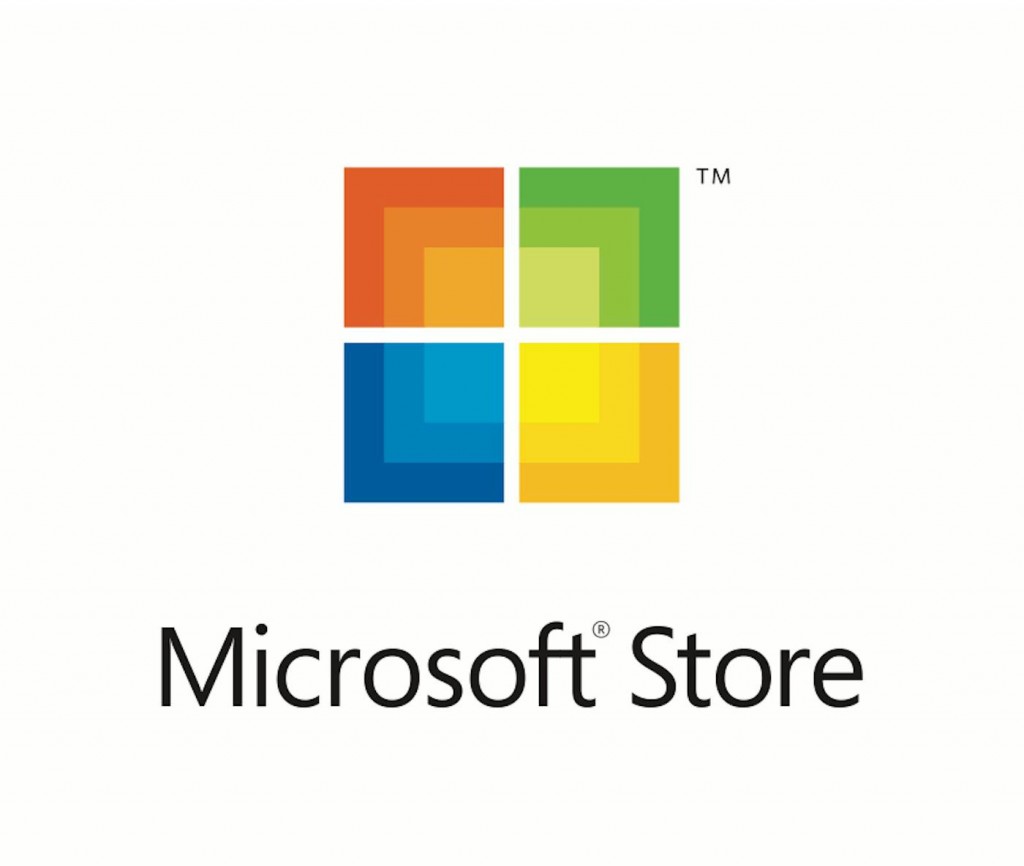







No comments:
Post a Comment
Note: Only a member of this blog may post a comment.